Cruel tortures
In a small house on Ngo Quyen Street, Nam Binh Ward ( Ninh Binh City), Mr. Dinh Duy Diep, Head of the Liaison Committee for Revolutionary Soldiers Captured and Imprisoned by the Enemy in Ninh Binh Province, pondered his memories, then slowly told us about the time he was captured and imprisoned by the enemy at Phu Quoc Prison Detention Center more than 50 years ago. For Mr. Diep, a living witness who directly suffered and witnessed his comrades suffering so much brutality, savagery, and tragedy, it was a tragic memory that he will never forget...
In 1963, with excellent academic achievements and enthusiasm in the Youth Union work, Mr. Diep was honored to be admitted to the Party at high school when he was just over 20 years old. He had the opportunity to be sent to study in the Soviet Union, but in the face of the country's danger, with his passionate patriotism and youthful responsibility, Mr. Diep decided to write a volunteer application to join the army and fight in the Southern battlefield (in 1964). In 1966, while escorting wounded soldiers to a place to recuperate, he and his comrades were pursued by the enemy and captured. Nearly a year later (in 1967), he was exiled to Phu Quoc Prison Camp (An Thoi Valley - Kien Giang province).
Mr. Dinh Duy Diep said: Phu Quoc Prisoner of War Camp was under the control of the Ministry of Defense of the Saigon puppet regime, with 12 detention areas. Below the detention areas were sub-areas and below the sub-areas were detention cells, with a total of 432 cells (each cell held more or less 100 people). In addition to the 432 cells, the prison also had many solitary confinement cells and tiger cages. All the prisons were solidly built with corrugated iron and cement, with many layers of barbed wire, completely isolated from the outside.
People called Phu Quoc Prison Camp "hell on earth" because here, the enemy used more than 40 types of torture, including medieval torture methods on prisoners such as: boiling people in boiling water; roasting people on fire; chiseling and removing bones; nailing people; boiling soapy water and pouring it into their mouths; putting prisoners in sacks and pouring hot coals or boiling water over them; using needles to stab their fingertips and then burning them on fire... They also buried prisoners alive, burying them individually and burying them in mass graves; sometimes they fired directly into the Prison Camp, killing many people...
During nearly 6 years (October 1967 - February 1973) of being imprisoned at Phu Quoc Prison Camp, Mr. Diep was brutally tortured by the enemy 5 times (twice in a tiger cage and 3 times in solitary confinement). Mr. Diep recalled: During the time we were imprisoned in the tiger cage and solitary confinement, the prisoners and I were not allowed to bathe, brush our teeth, or wash our faces; we had to use the restroom on the spot and were always brutally beaten by the wardens and military police. Due to lack of food, lack of water, filth and beatings, many people could not bear it and died... Mentioning Phu Quoc Prison Camp, for Mr. Diep and for the revolutionary soldiers who were imprisoned by the enemy here, is a reminder of horrifying and endless pain.
Mr. Tran Thanh Chuong, in Lac 1 village, Lac Van commune (Nho Quan) - one of the living witnesses, who was imprisoned by the enemy at Phu Quoc Prison Camp, said: Although the Saigon puppet government joined the 1949 Geneva International Convention on the treatment of prisoners of war, they did not implement it. They did not recognize us as "Prisoners of war", but called us "Communist prisoners" and brutally tortured, beat, and forced us to betray the revolution.
Every day, the wardens, military police and orderlies always cause trouble to beat the prisoners. They beat the prisoners everywhere, at all times, individually, in groups, in a cell and even in a prison block with thousands of people. When suppressing a prison block, the enemy sent a company of military police equipped with anti-gas equipment and orderlies to rush into the cells and beat the prisoners savagely. After the initial attack, they herded the prisoners out to the yard for roll call, divided them into small groups and beat them, forcing them to "reform and follow their ideals".
"In Phu Quoc prison, the jailers could think of any form of the most barbaric, cruel, and vile to satisfy their "bloodlust". I remember one time, after using the resuscitation measures to no avail, the enemy used stingray tail whips to repeatedly beat my knuckles and knuckles, then used the torture of plucking my fingernails. The most horrible thing was that they locked me in a tiger cage twice (2m long, about 0.5m wide and high, surrounded by barbed wire, prisoners only needed to move or change position to be stabbed by barbed wire). When locked in the tiger cage, we were only allowed to wear shorts to dry in the sun and rain. During the time we were locked in the tiger cage, they only fed the prisoners 2 handfuls of rice bigger than duck eggs every day, no salt, no food. Therefore, I and all the prisoners locked in the tiger cage had scabies, dry and black limbs, paralysis, "The wounds were festering and oozing yellow fluid," Mr. Chuong recalled.
With more than 40 brutal torture methods by the enemy, Phu Quoc Prison Camp was also a place to test the perseverance, determination, and steadfast will of communist soldiers.
The power of will and belief
Although the enemy used brutal and vicious tricks to torture and torment both physically and mentally in order to force communist prisoners to fold their arms and bow their heads, the communists, with their belief in revolutionary ideals, comradeship, and teamwork, were steadfast, determined, fought and created miracles in the midst of "hell on earth".
Mr. Dinh Duy Diep shared: At Phu Quoc Prison Camp, in addition to strictly guarding prisoners to prevent them from escaping, the US and the Saigon puppet regime carried out an extremely sinister plot, which was to brutally suppress them combined with bribing and luring prisoners into the "New Life" area (in essence, forcing soldiers to regroup and betray the revolutionary ideals). To carry out this plot, the prison guards called the prisoners "Communist prisoners" and brutally tortured, beat, and forced the soldiers into the "New Life" area to reform and cleanse them of "communist ideology".
Faced with the enemy's insidious plots and brutal actions, the prisoners, who were loyal party members, sought each other out to form secret party organizations in the prison sector to gather and lead the masses against the enemy. Each prison sector had a Party Committee. Under the Party Committee were Party cells, and under the Party cells were Party cells. The Party's mass organizations included the Youth Union and the Provincial Association of Countrymen. The Party organizations and the Youth Union operated secretly and in a single line. The Association of Countrymen was secret to the enemy but open to us.
In the fight against the enemy, the Party Committee used the 1949 Geneva International Convention on the Treatment of Prisoners of War as a legal basis. The revolutionary soldiers demanded that the enemy recognize them as "Prisoners of War", not "Communist Prisoners"; demanded that the wardens disband the security team, and let the prisoners elect representatives and department heads. At the same time, they constantly opposed the enemy's "New Life" plan, opposed shouting slogans, opposed saluting the puppet flag, and did not do military work such as: erecting fences, digging trenches, building bunkers, etc. Intelligent, brave and resilient, Mr. Dinh Duy Diep was assigned by the organization to take on the position of Party Secretary of the D5 sub-zone. During the time he was imprisoned by the enemy at Phu Quoc Prison Camp, Mr. Diep and the sub-zone Party Committee participated in leading and directing many movements to fight against the enemy's dark plots and tricks.
Mr. Diep said: Most of our soldiers were captured by the enemy in difficult circumstances. When they entered the prison, they were brutally tortured, bribed, and enticed, so educating and motivating soldiers was a regular task of the Party Committee. The Party Committee organized political classes, cultural classes, music classes, drawing classes, and nursing classes. Through these classes, the soldiers grasped the developments on the battlefield and learned that international public opinion was supporting our people's struggle against the US. From there, the soldiers' belief in the Party's ideals and the victory of the resistance war was strengthened. Thanks to the leadership of the Party Committee, even in this "hell on earth", the revolutionary soldiers remained steadfast, firmly believing in the Party's ideals, not succumbing to the cruel torture and the enemy's counterattacks.
Mr. Tran Thanh Chuong shared: Under the leadership of the Party Committee, we have become much more confident. During the time we were imprisoned by the enemy, I and a number of other Party members were assigned by the Party Committee to mobilize and persuade comrades and teammates to unite and fight against the enemy's psychological warfare and repatriation tactics, forcing the prison guards to loosen the prison regime such as: accepting to hand over daily rice and food rations for prisoners to cook for themselves, allowing prisoners to study culture. Besides, the Party Cell in the prison still finds ways to open political theory classes, even at night there are cultural activities, commenting on literary works... The Party Cells and Party members truly play the core, core, steadfast, most active role, trusted, protected and followed by the masses.
Mr. Diep confided: In 1972, when I was representing the soldiers in the prison cell, after brutal beatings and torture, the puppet major named Tho - Battalion Commander told me: "I know you are willing to accept everything to protect your ideals. I don't care about you!" Then suddenly he asked me: "Do you know what my ideals are?". When I had not yet reacted, he answered himself: "My ideals are dollars and women".
So, it can be said that in the past they called our soldiers "rebels". Now they themselves have to admit that our soldiers live and fight with revolutionary ideals! That is the great success of the Phu Quoc prisoners. The steadfast, indomitable spirit of the prisoners made the enemy, even with the most brutal and savage torture methods, still respect them.
It was also the steadfast, indomitable spirit of the communist soldiers that created miracles in prison. That was the successful escape of 21 prisoners in sub-zone B2 through a 120-meter-long tunnel, which made the Saigon American-puppet army exclaim when inspecting the scene: "This must have been done by architects from the Dien Bien Phu era to do this work." Along with that were a series of prison breaks with many unique and creative forms, demonstrating the intelligence and bravery of revolutionary soldiers. There were over 40 prison breaks with 239 people successfully escaping to return to the revolution.
"Faced with the enemy's cruel torture, we all had to brace ourselves to endure. Many times, the line between loyalty and cowardice was as thin as a thread. But it was our belief in the revolutionary ideal that helped us overcome all torture. The enemy's whips could not subdue us. We lived uprightly and bravely, maintaining the integrity of communists," Mr. Dinh Duy Diep affirmed.
The resilience and bravery of the revolutionary soldiers lit the fire of struggle in the enemy's prison camp, writing an epic of "steadfastness and indomitability" in "hell on earth", contributing to the cause of national liberation and reunification.
Article and photos: Dinh Ngoc
⇒ Part 2: Continuing the epic
Source



![[Photo] Solemn opening of the 8th Congress of the Central Public Security Party Committee, term 2025-2030](https://vphoto.vietnam.vn/thumb/1200x675/vietnam/resource/IMAGE/2025/10/4/f3b00fb779f44979809441a4dac5c7df)



![[Photo] Bustling Mid-Autumn Festival at the Museum of Ethnology](https://vphoto.vietnam.vn/thumb/1200x675/vietnam/resource/IMAGE/2025/10/4/da8d5927734d4ca58e3eced14bc435a3)
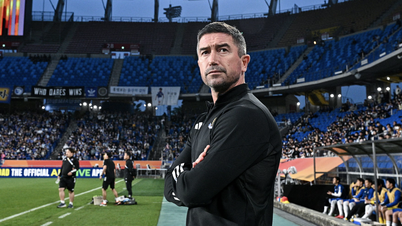

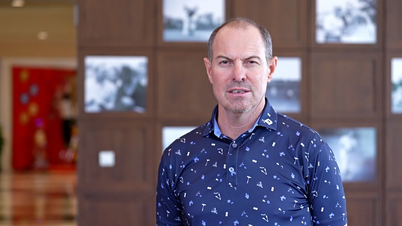

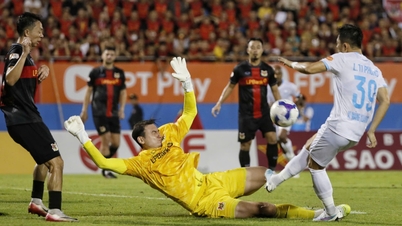
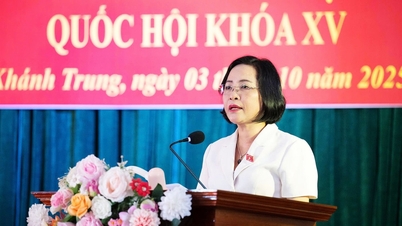

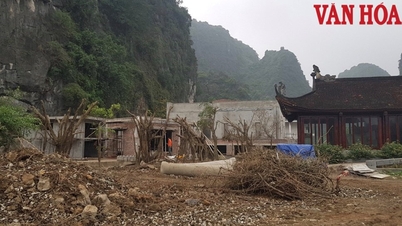

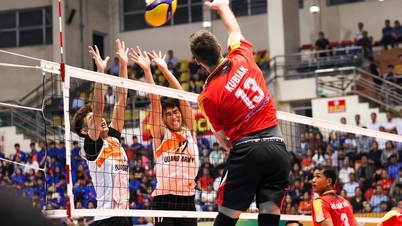
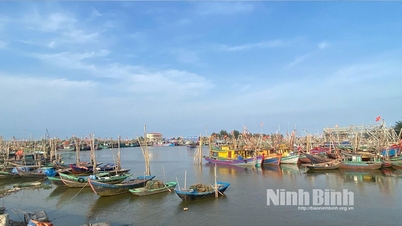


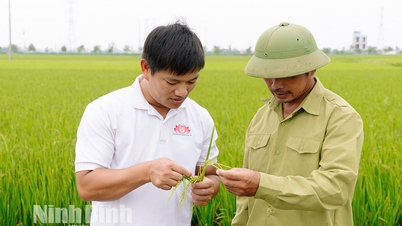

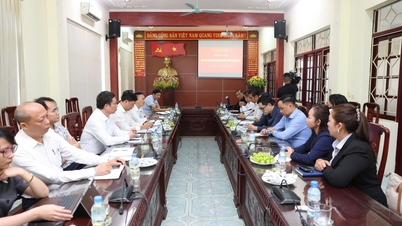

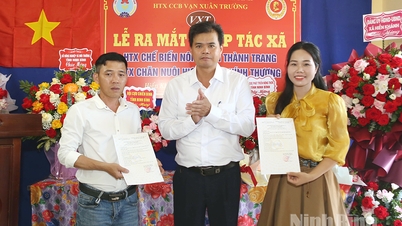





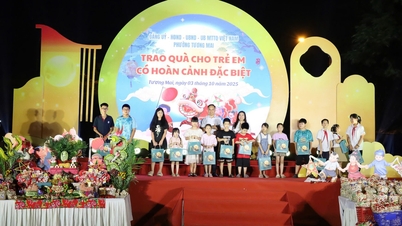
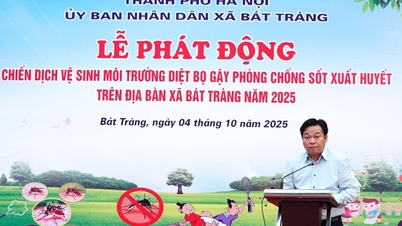
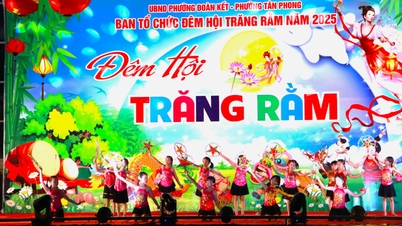
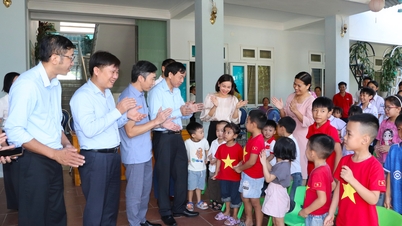

![[Photo] General Secretary To Lam attends the 8th Congress of the Central Public Security Party Committee](https://vphoto.vietnam.vn/thumb/1200x675/vietnam/resource/IMAGE/2025/10/4/79fadf490f674dc483794f2d955f6045)
























![[VIDEO] Summary of Petrovietnam's 50th Anniversary Ceremony](https://vphoto.vietnam.vn/thumb/402x226/vietnam/resource/IMAGE/2025/10/4/abe133bdb8114793a16d4fe3e5bd0f12)

![[VIDEO] GENERAL SECRETARY TO LAM AWARDS PETROVIETNAM 8 GOLDEN WORDS: "PIONEER - EXCELLENT - SUSTAINABLE - GLOBAL"](https://vphoto.vietnam.vn/thumb/402x226/vietnam/resource/IMAGE/2025/7/23/c2fdb48863e846cfa9fb8e6ea9cf44e7)
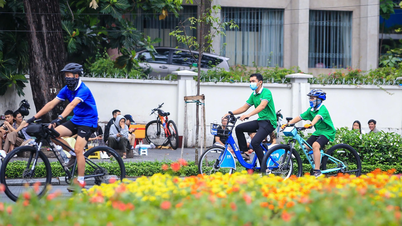

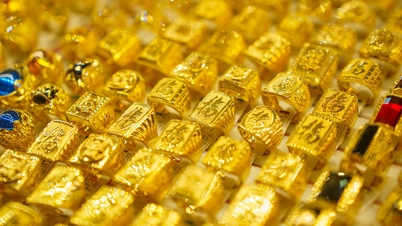


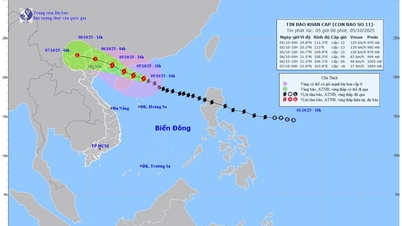

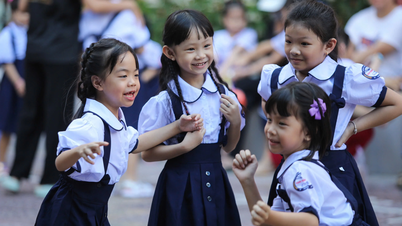









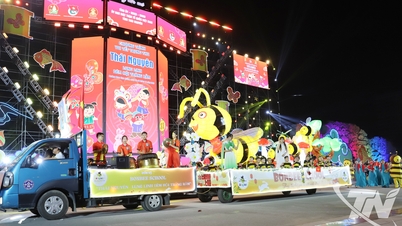





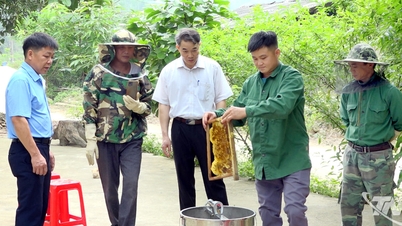


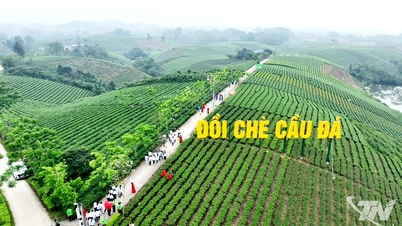









Comment (0)